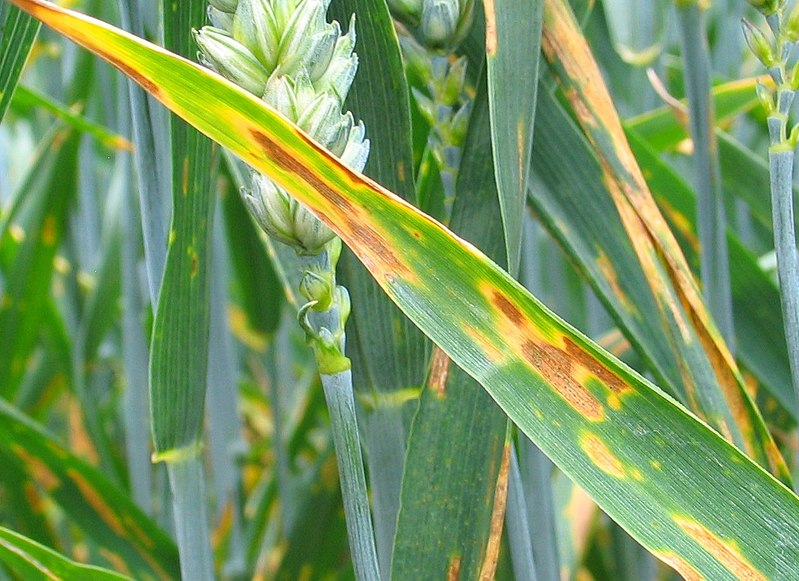Research came to a standstill on Monday 6 October in Bristol’s new £56 million Life Sciences building as Sir David Attenborough, hero of biologists and nature lovers everywhere, took to the microphone at the opening ceremony.
His speech was, frankly, inspirational. He talked about the problems that humanity has caused, but insisted that they won’t be solved unless we can better understand how the world works. He reminded us that knowledge of life sciences isn’t just vital for our future, but that understanding natural processes enhances them and brings joy to our lives.
Best SDA pic too RT @Fionabelbin: Best day ever. Sir David Attenborough opening our new building #BristolLifeSciences pic.twitter.com/qMtB3hdCC5
— Bristol Uni Library (@BristolUniLib) October 6, 2014
“There can be no more important area of knowledge for humanity at the moment than the life sciences. It has never been more important, ever, that human beings should understand the workings of the world”. Sir David Attenborough.
The Life Sciences building is set up to do just that. The meeting areas and large research offices and laboratories mean that scientists are already communicating with colleagues with other research interests far more often than they did in the long corridors of the old Biological Sciences building. I think this will prove essential for developing a deeper understanding of how the world works, which should help us to solve some of the problems we face.
Of course, undergraduate students are an important part of the University and as such their new teaching lab is amazing. It can hold 200 students, either as one large class or broken down into separate areas. Screens connected to cameras allow the demonstration of fiddly techniques or show what sort of result the students can expect to see from their experiments. Also, each group has a tablet computer in their work area to augment their learning. Almost makes me wish I were an undergraduate again, until I remember the exams!
Our 1st yr students were so excited that David Attenbrough came to say hello in their practical #BristolLifeSciences pic.twitter.com/YGxvjFJxI8
— Ed Drewitt (@eddrewitt) October 6, 2014
As a plant scientist, I can’t talk about the new building without getting excited about the GroDome, the hi-tech glasshouse on the top of the Life Sciences building. It can recreate the perfect conditions for plants or experiments, with automated temperature controls and lighting to give researchers much more control. Each of the six chambers can be regulated separately, and negative pressure systems on the doors to each chamber prevent plant material or diseases from accidentally being spread to other parts of the building.
The GroDome can recreate tropical conditions as part of the pioneering #BristolLifeSciences plant research pic.twitter.com/0b1oAftP8Z
— Bristol University (@BristolUni) October 2, 2014
We were pleased to learn that the building has been rated Excellent in the BREEAM sustainable buildings assessment. Rainwater collected from the roof is used to flush the toilets, heat from the laboratory ventilation systems is reused and the building is air conditioned using chilled beams, with cold air passively sinking from the beam to cool the rooms below.
Have you seen the #BristolLifeSciences living wall? It’s home to 11 different species of plant, bat and bird boxes pic.twitter.com/yDYKJX7jrS
— Bristol University (@BristolUni) September 30, 2014
One of my favourite features of the building is the green wall. Eleven species of plants are included in the four storey high vertical garden, apparently arranged to depict a cell dividing when they flower. The green wall houses bird and bat boxes to promote biodiversity, while also providing an attractive front to the building from St. Michael’s Hill. As Sir David said, it’s important for us to engage with the public, and I think that a building that outwardly tells the world that we are keen to encourage biodiversity is a great starting point.
“It’s places like this which will spread the understanding to the community at large, the world at large, of how important it is for us to do something”. Sir David Attenborough.
The new facilities of the Life Sciences building are world-class, so I believe we’ll be able to help to fulfill Sir David’s dream of using a deeper understanding of biology to solve the big problems we face today. The building promotes collaboration and public engagement, making it a fantastic place to work and conduct research.
Check out the #BristolLifeSciences TagBoard for many more photos of the opening ceremony and the Life Sciences building.
#cakefriday in the sun! Thanks @emilyfbell for the delicious cake & cookies. #tweetingforgary #LifeScienceBuilding pic.twitter.com/f9TDrnto9s
— Anna Tiley (@tileyanna) October 3, 2014
This blog is written by Sarah Jose, Cabot Institute, Biological Sciences, University of Bristol









